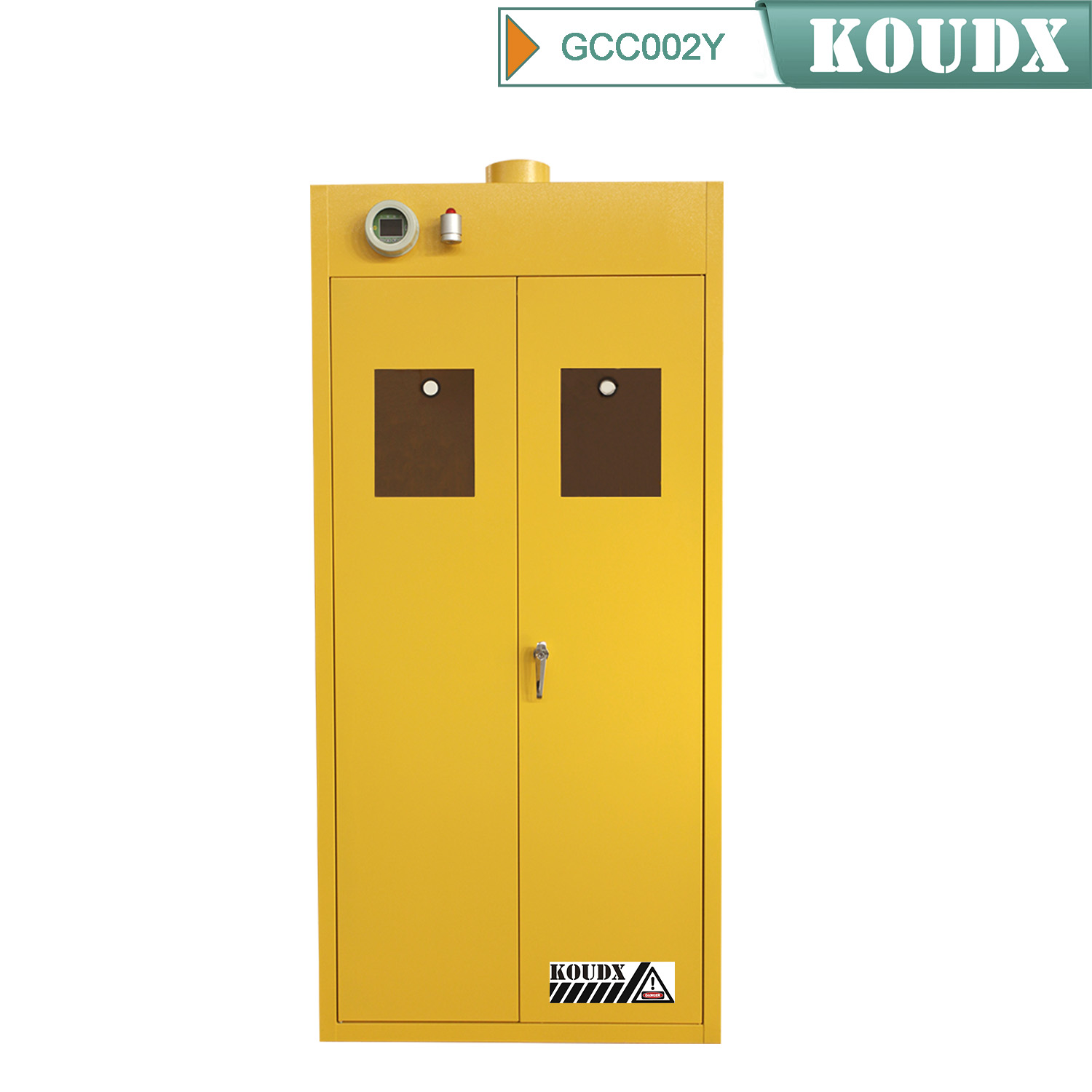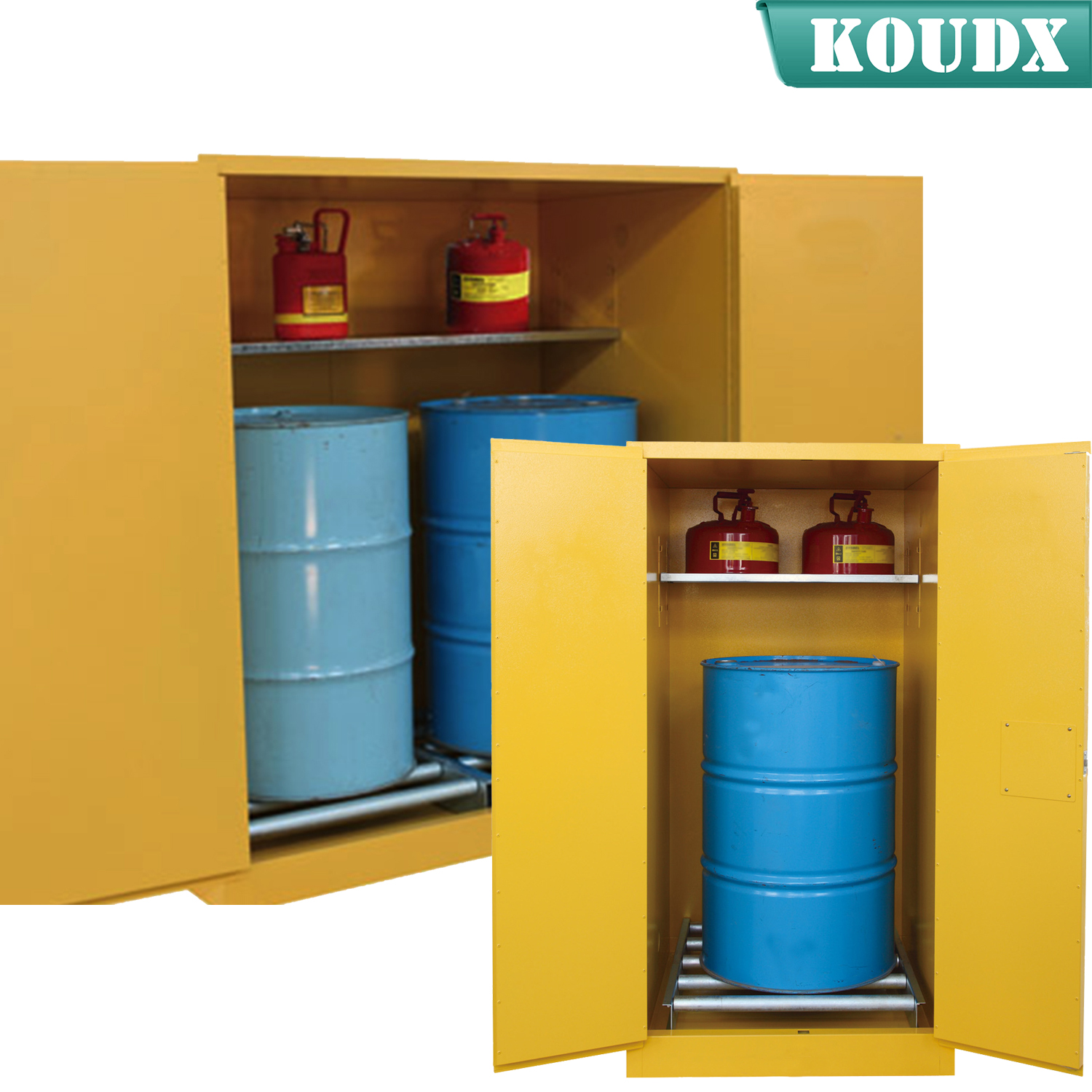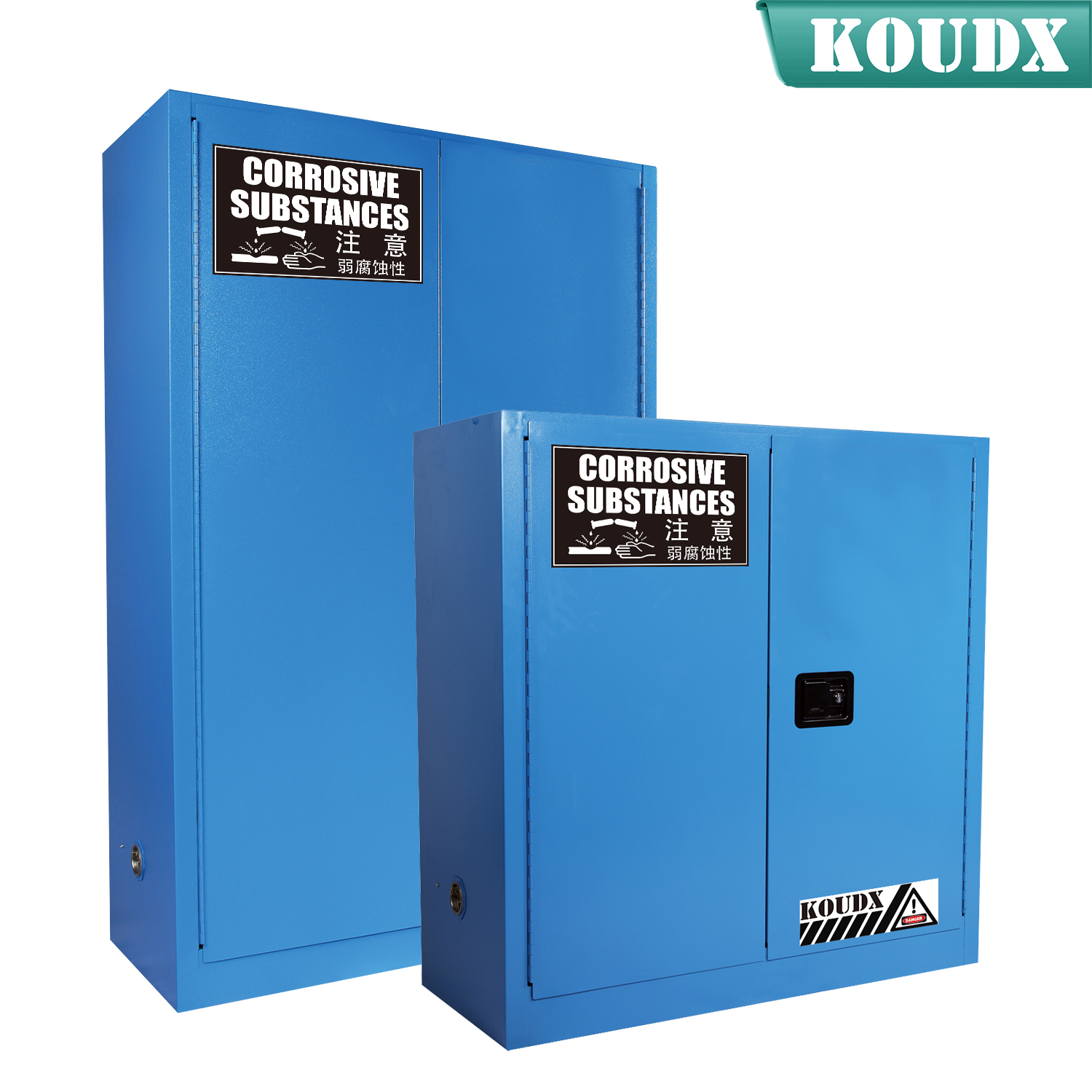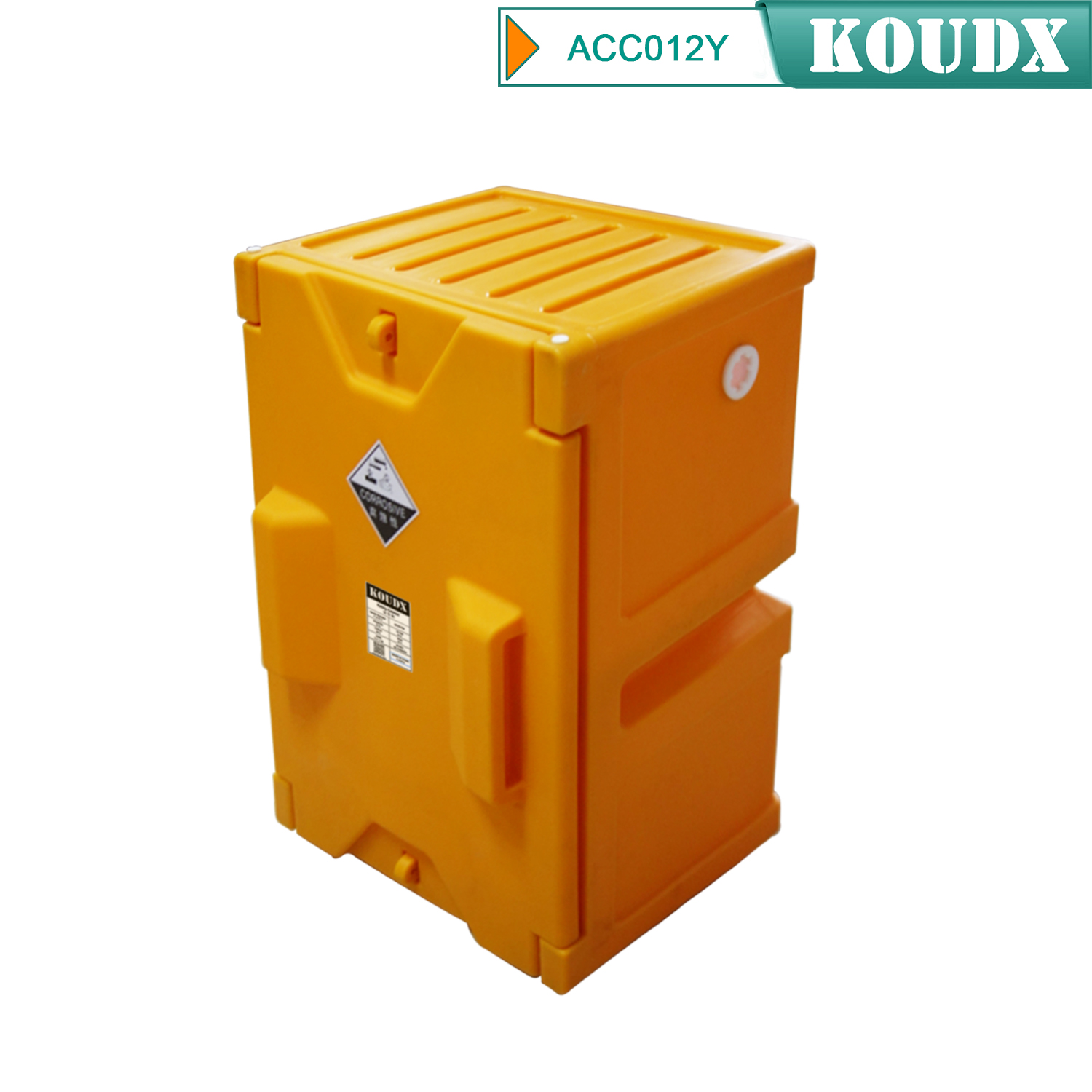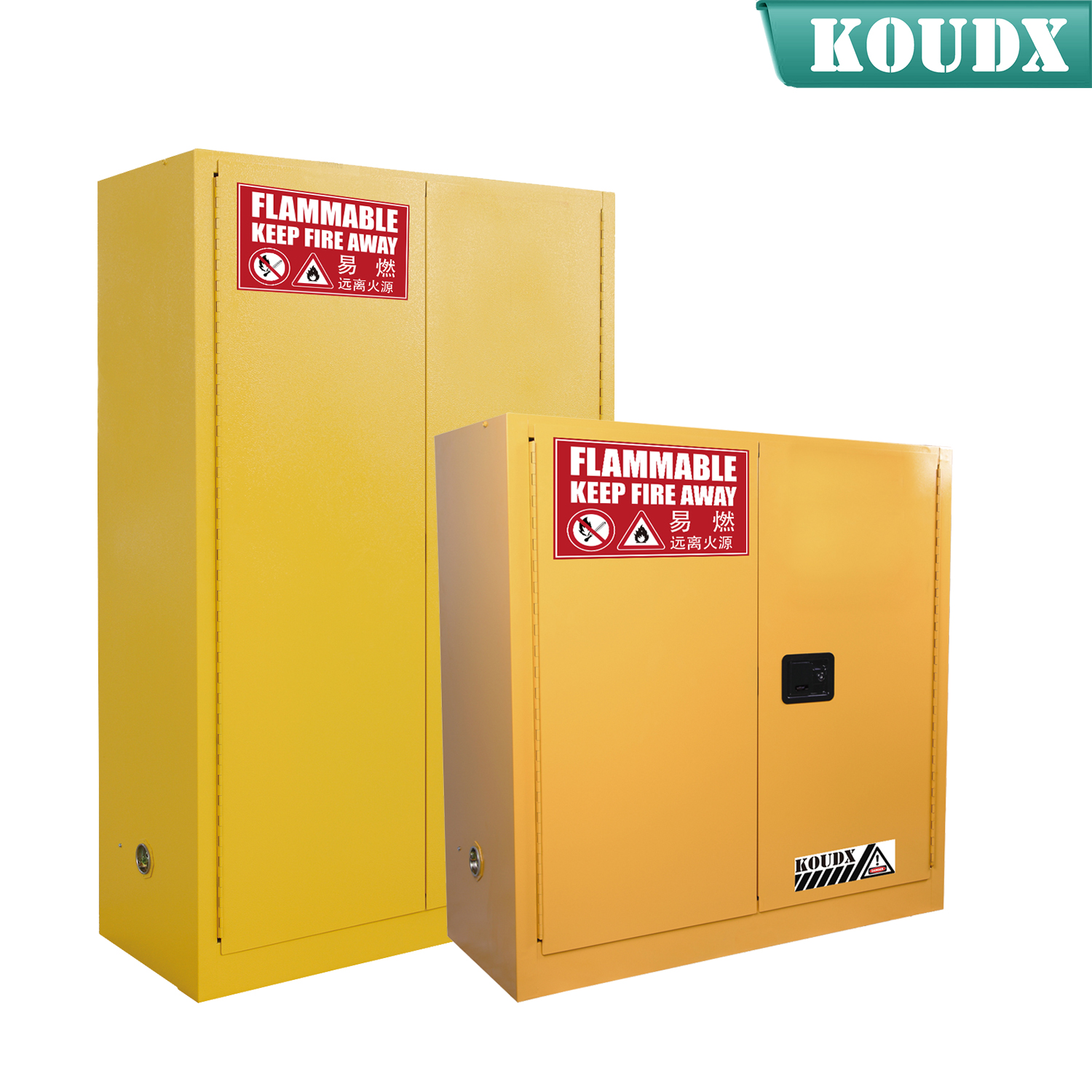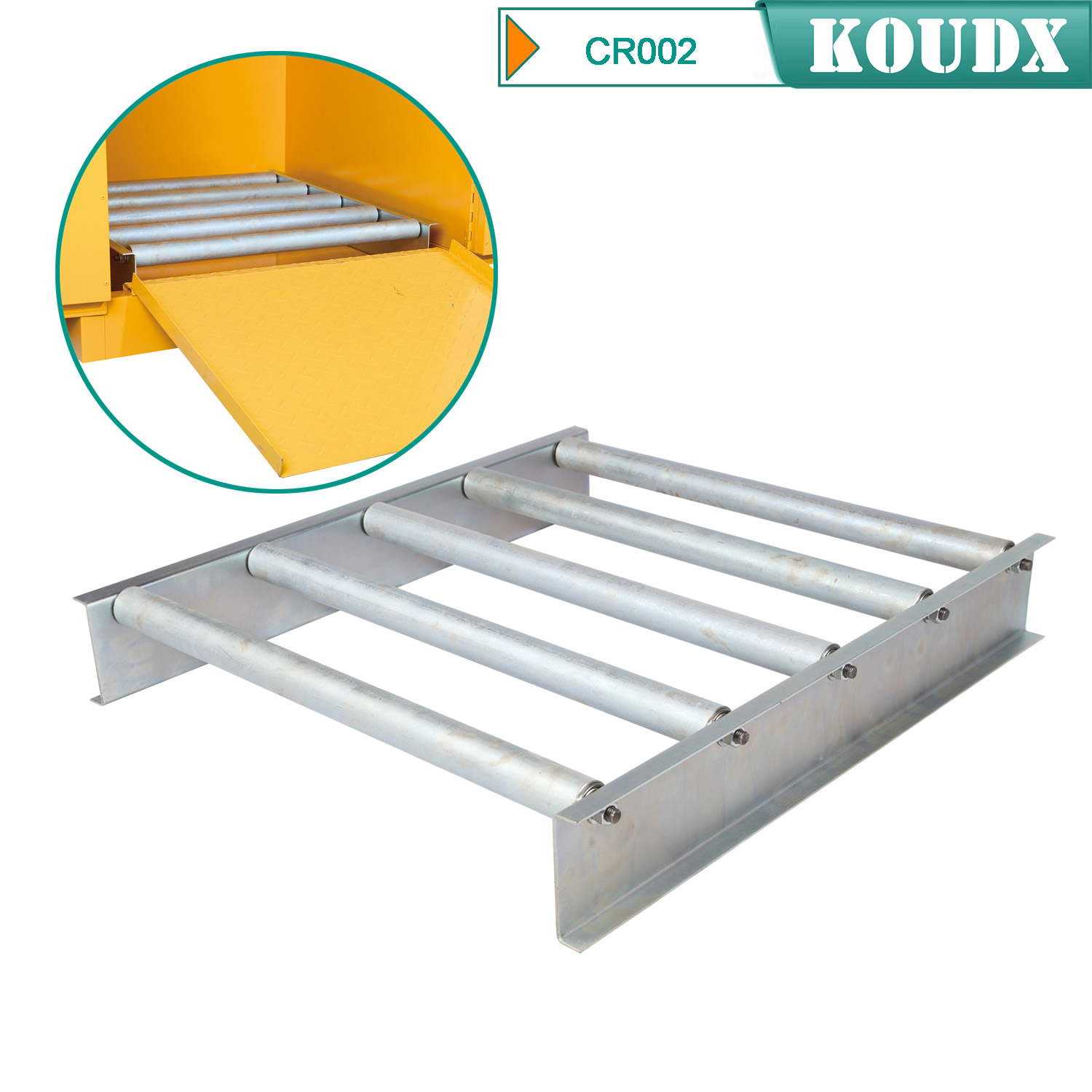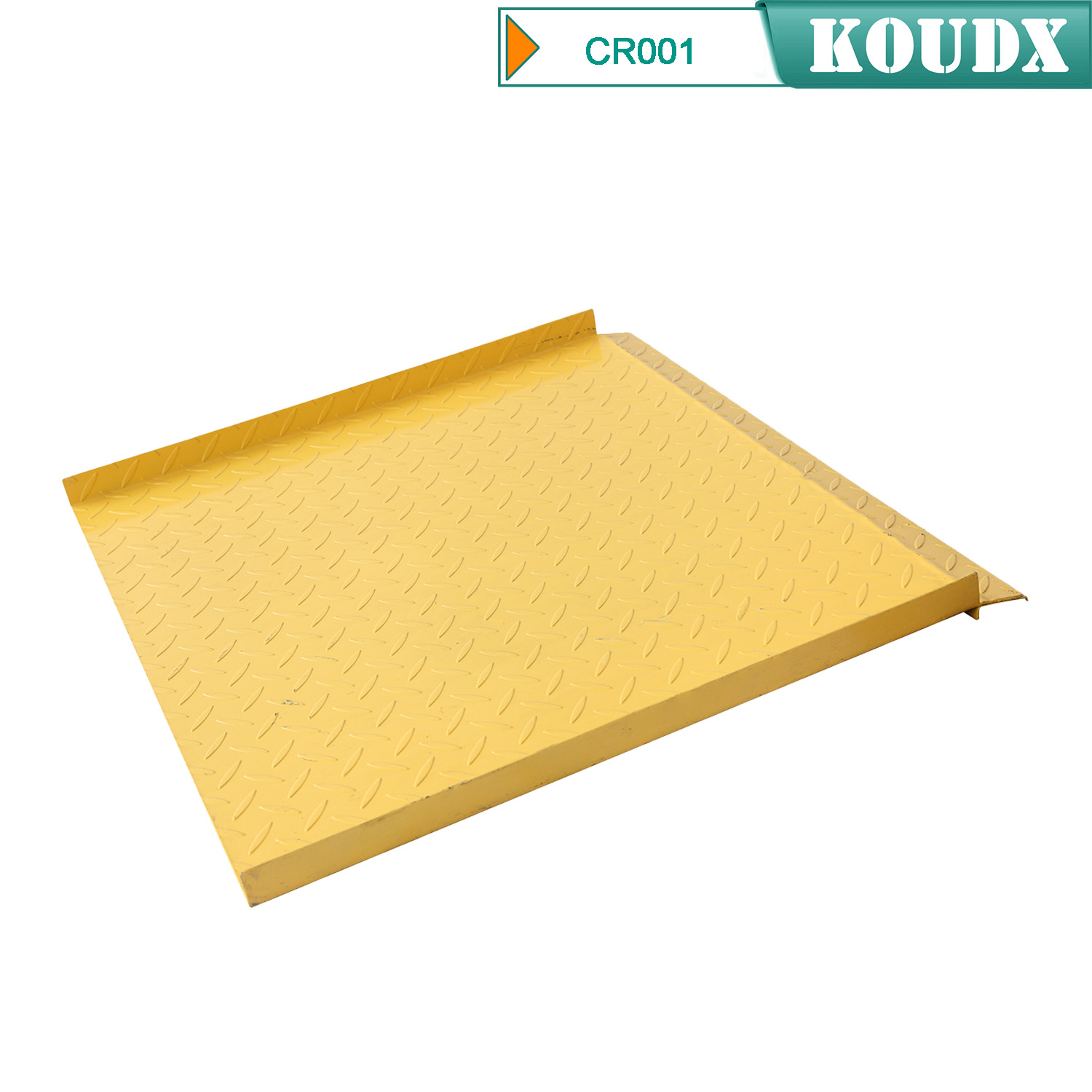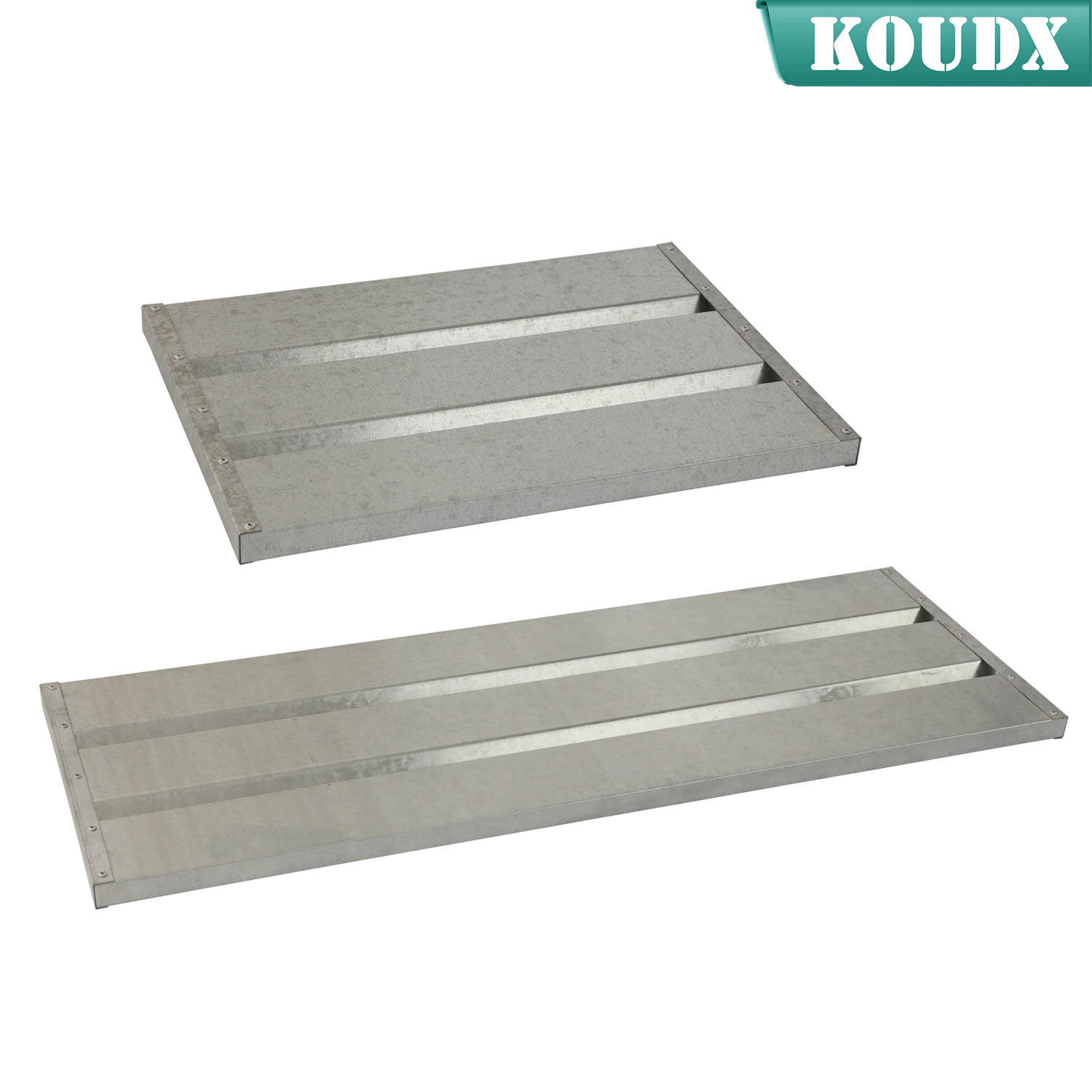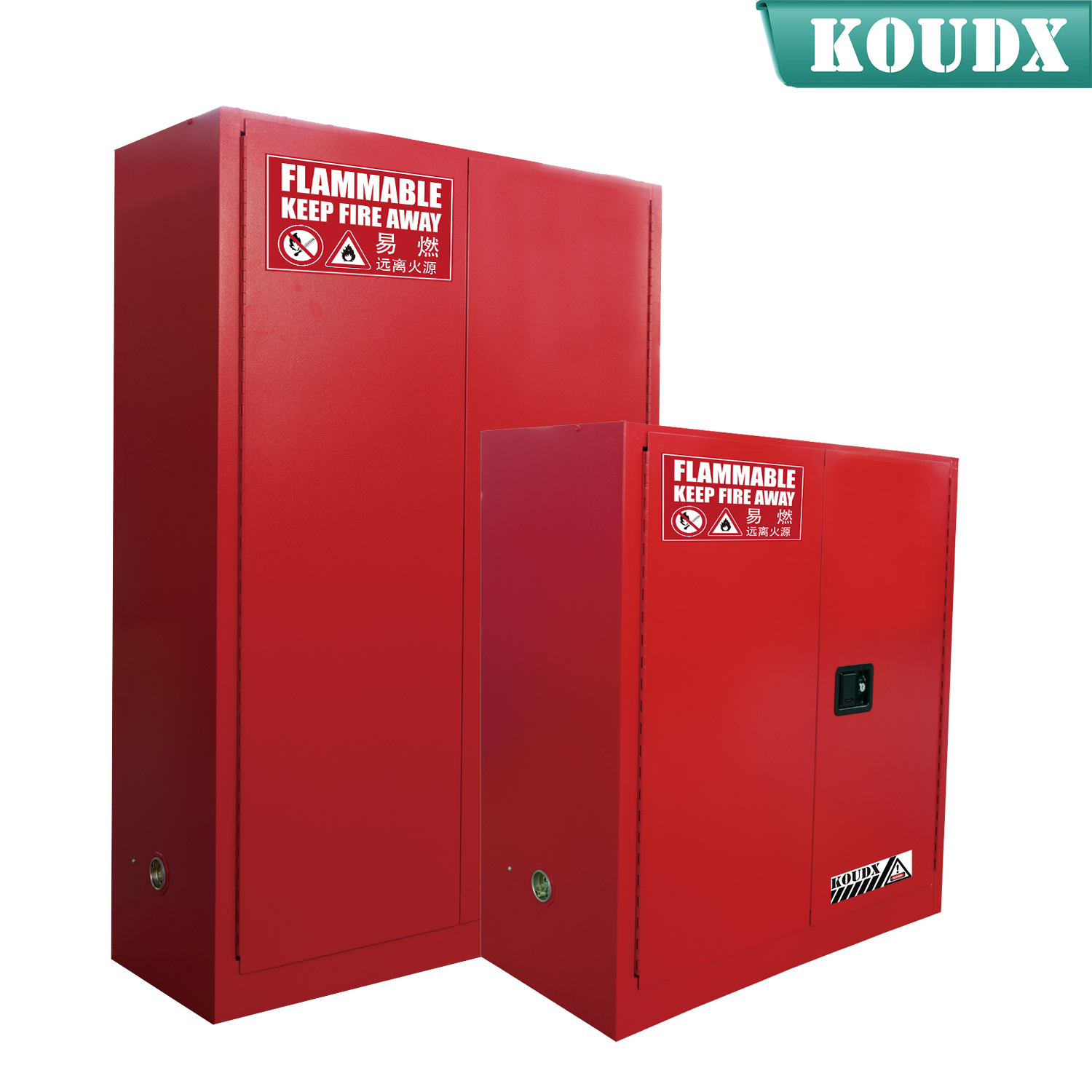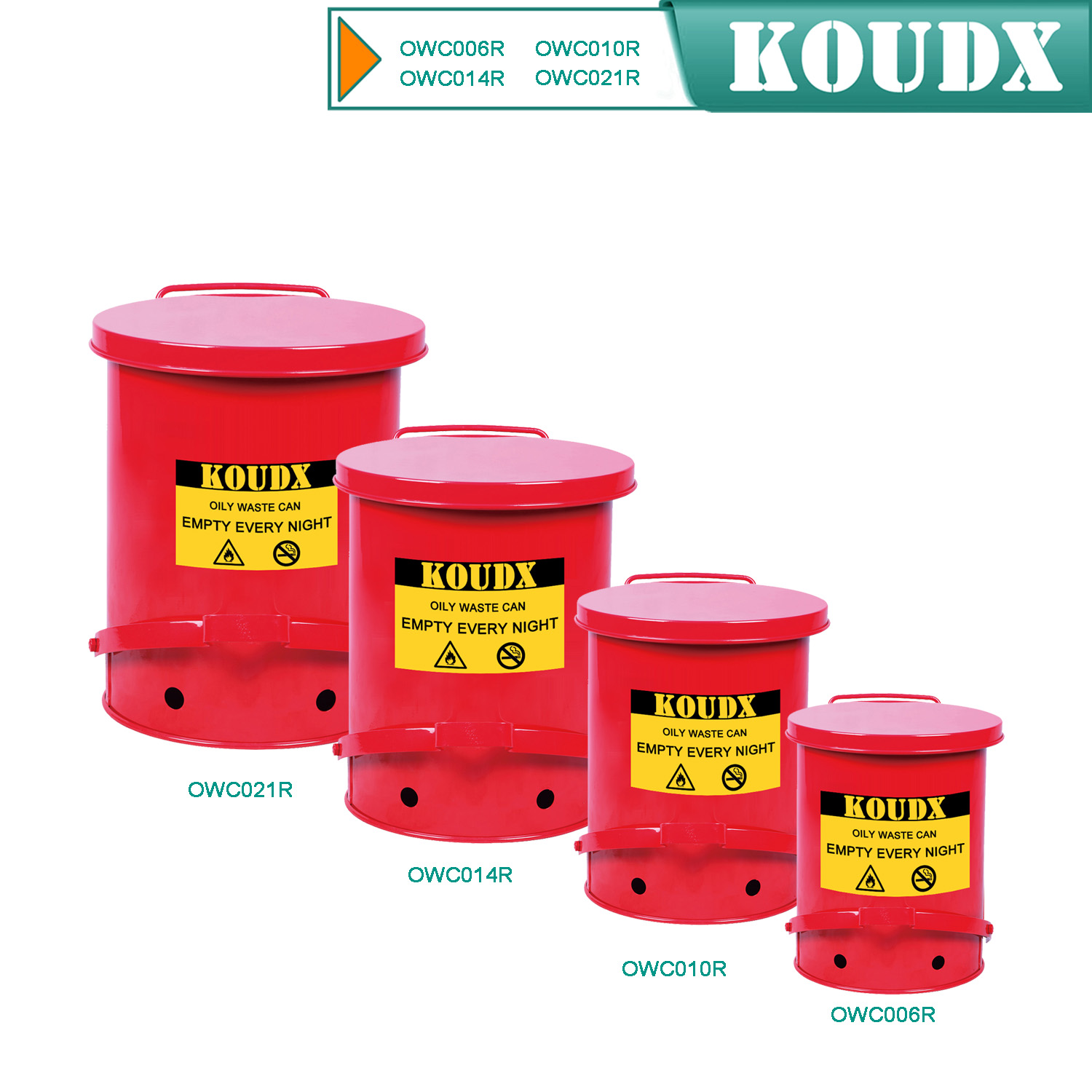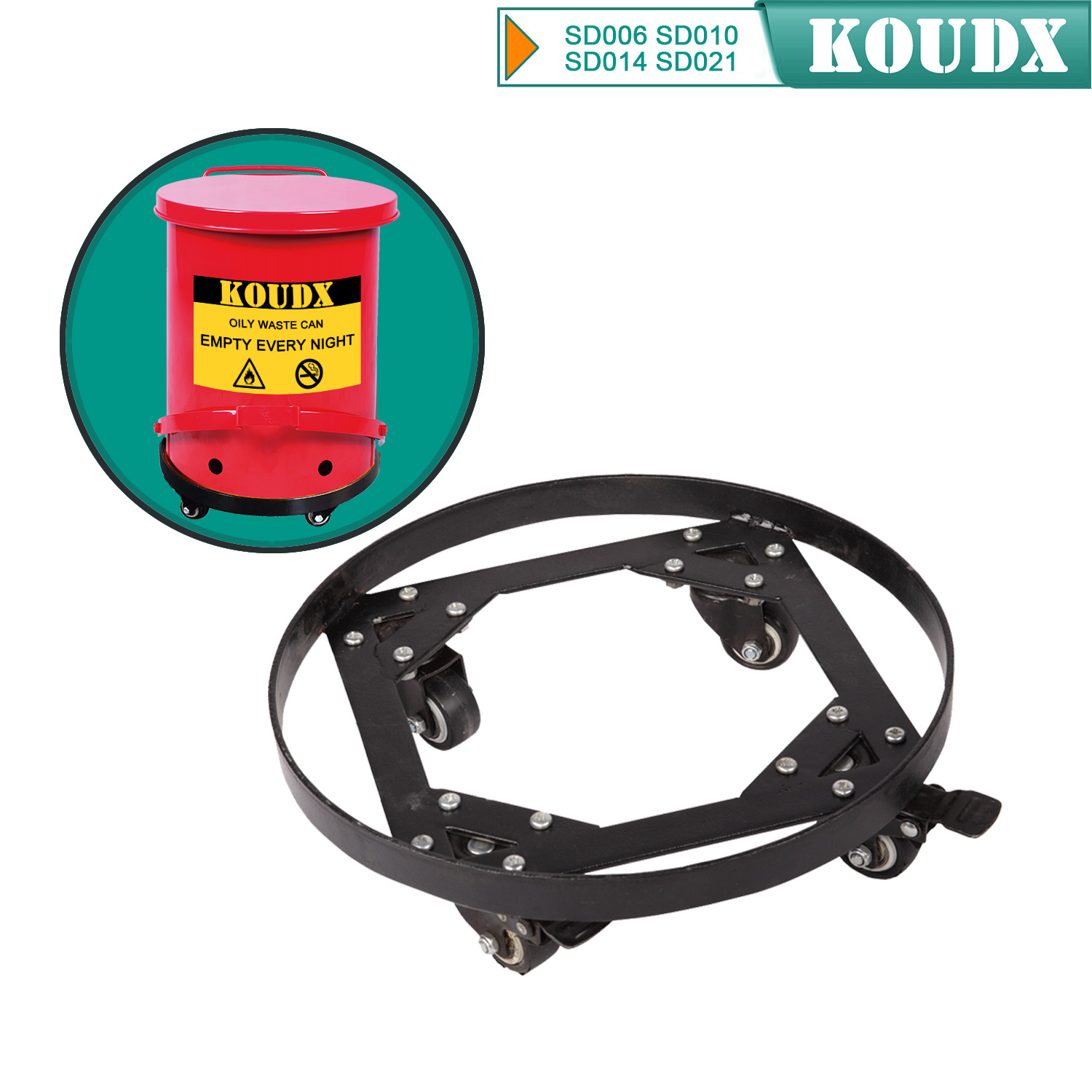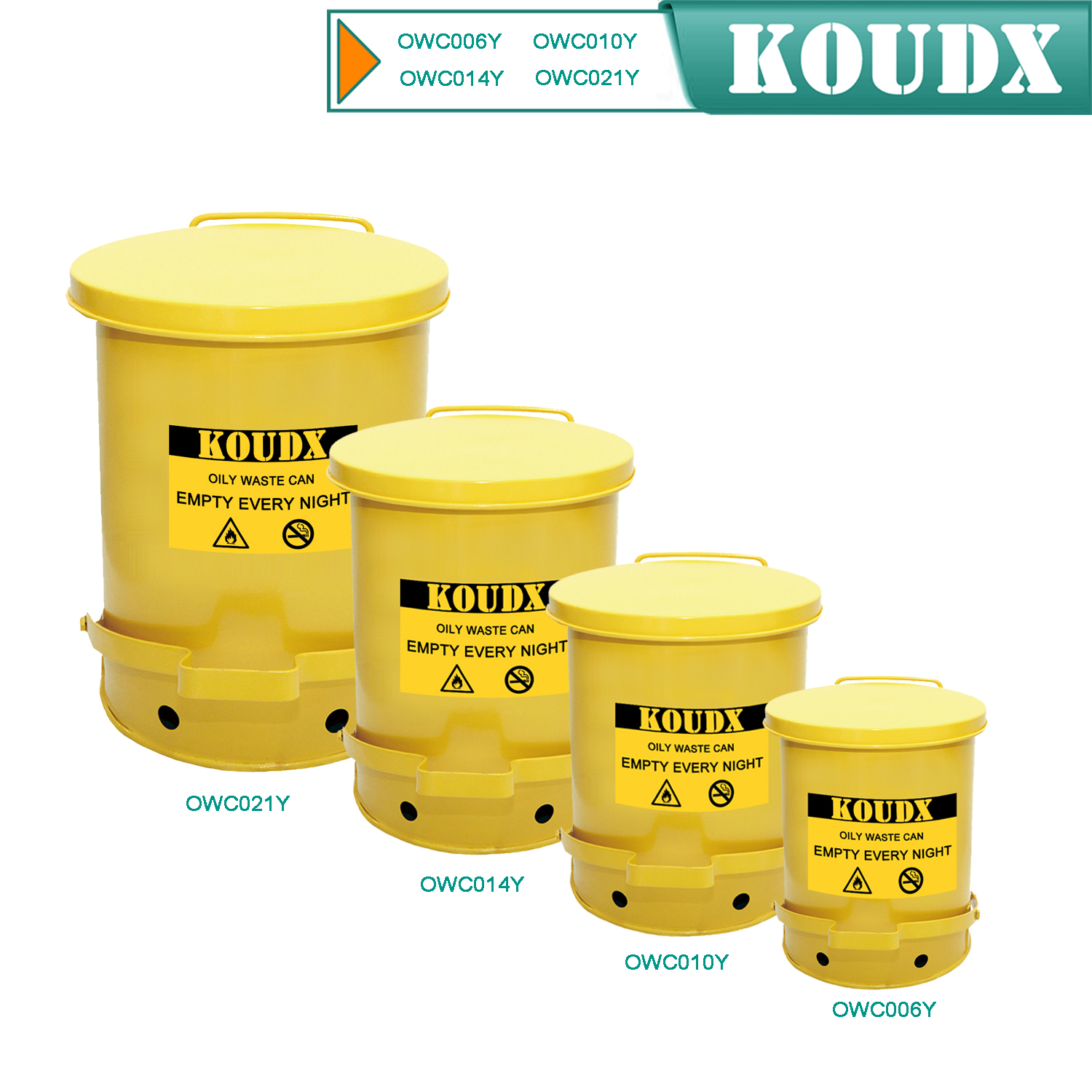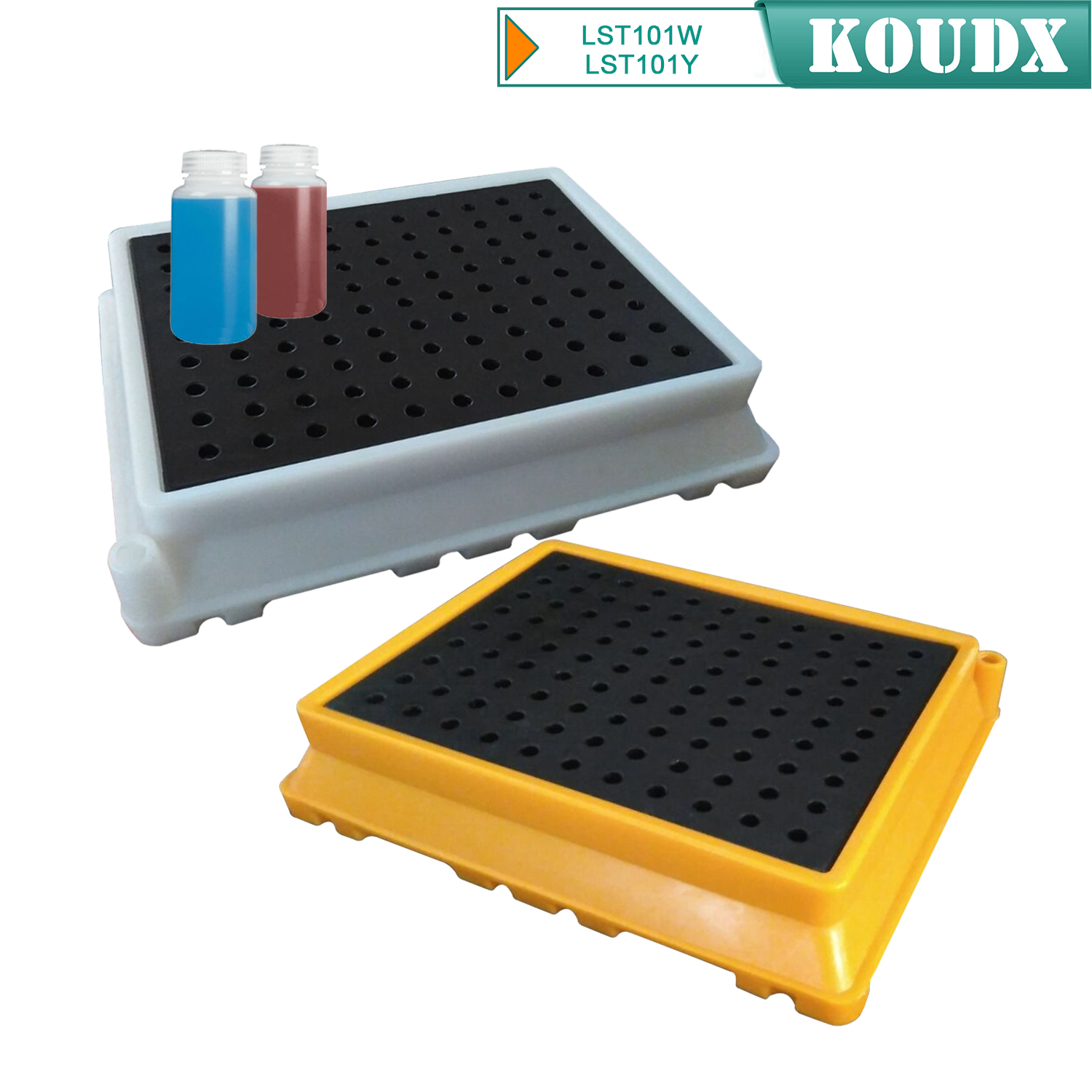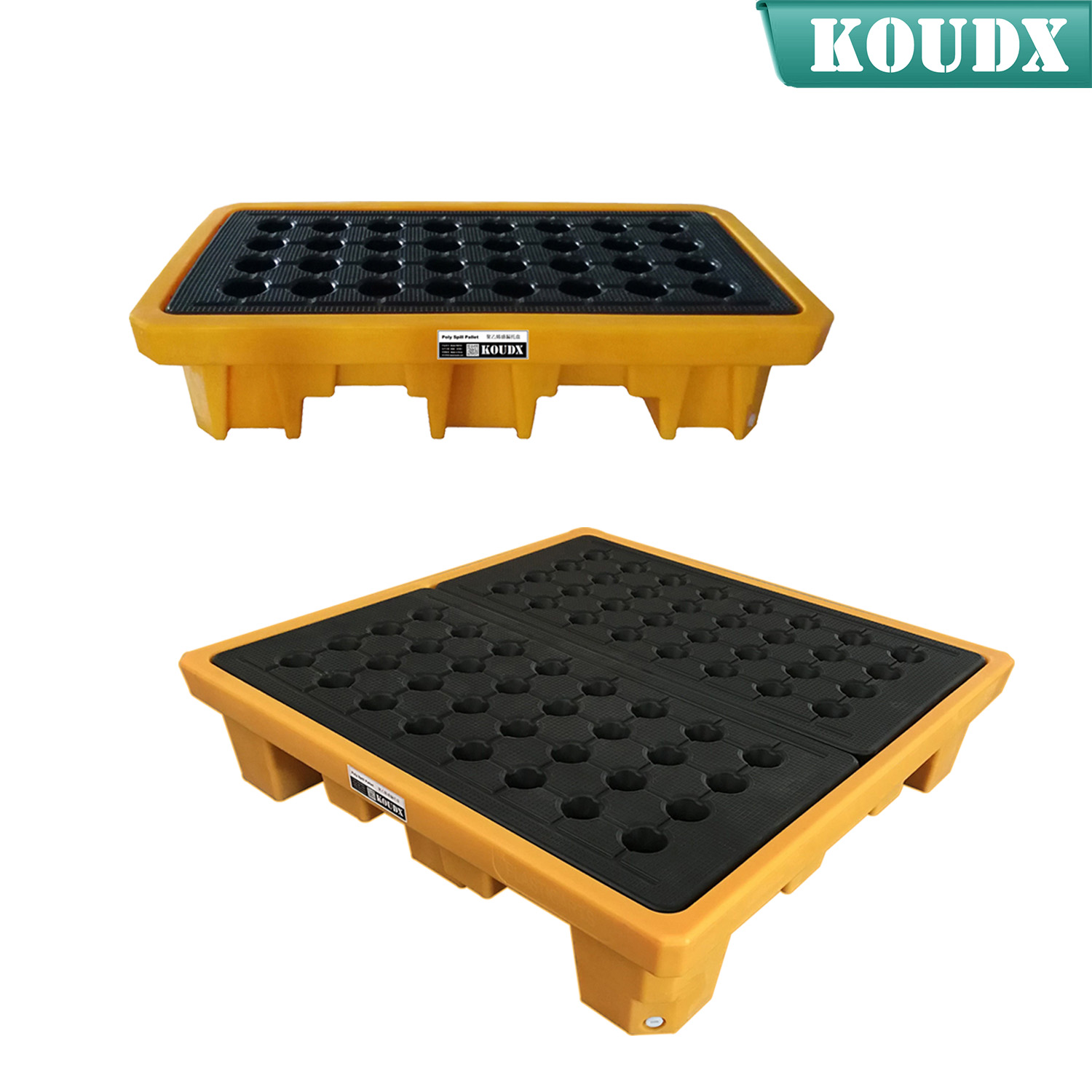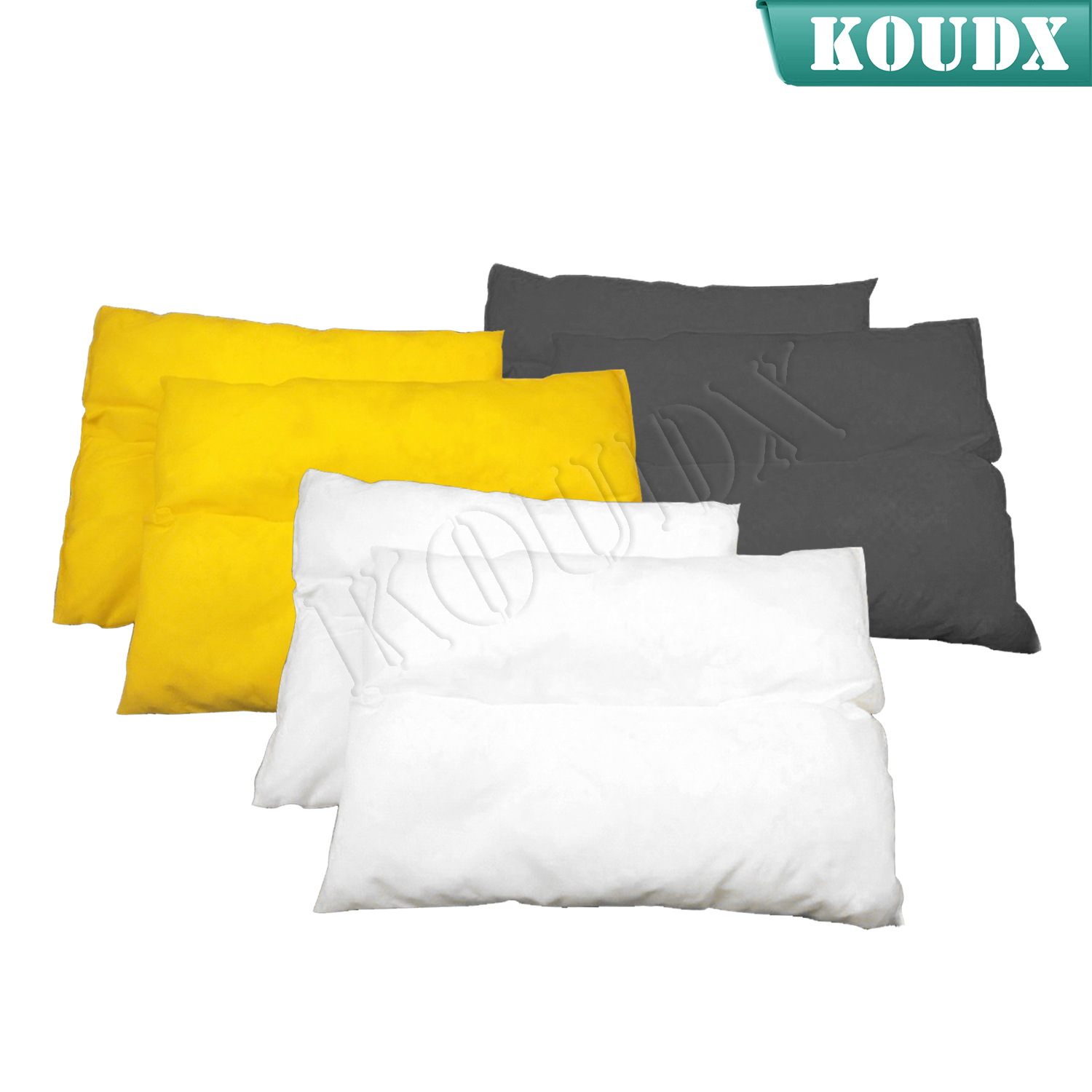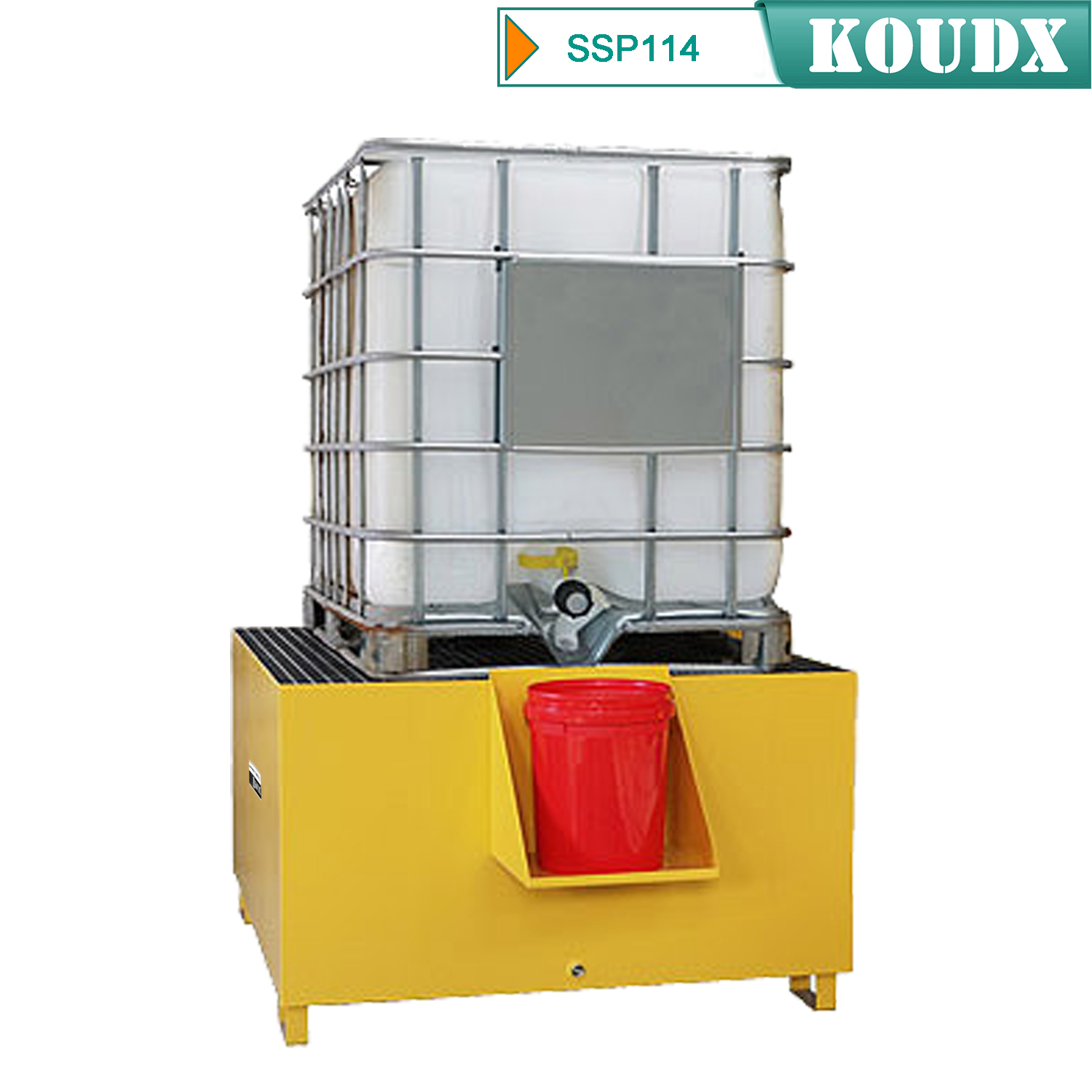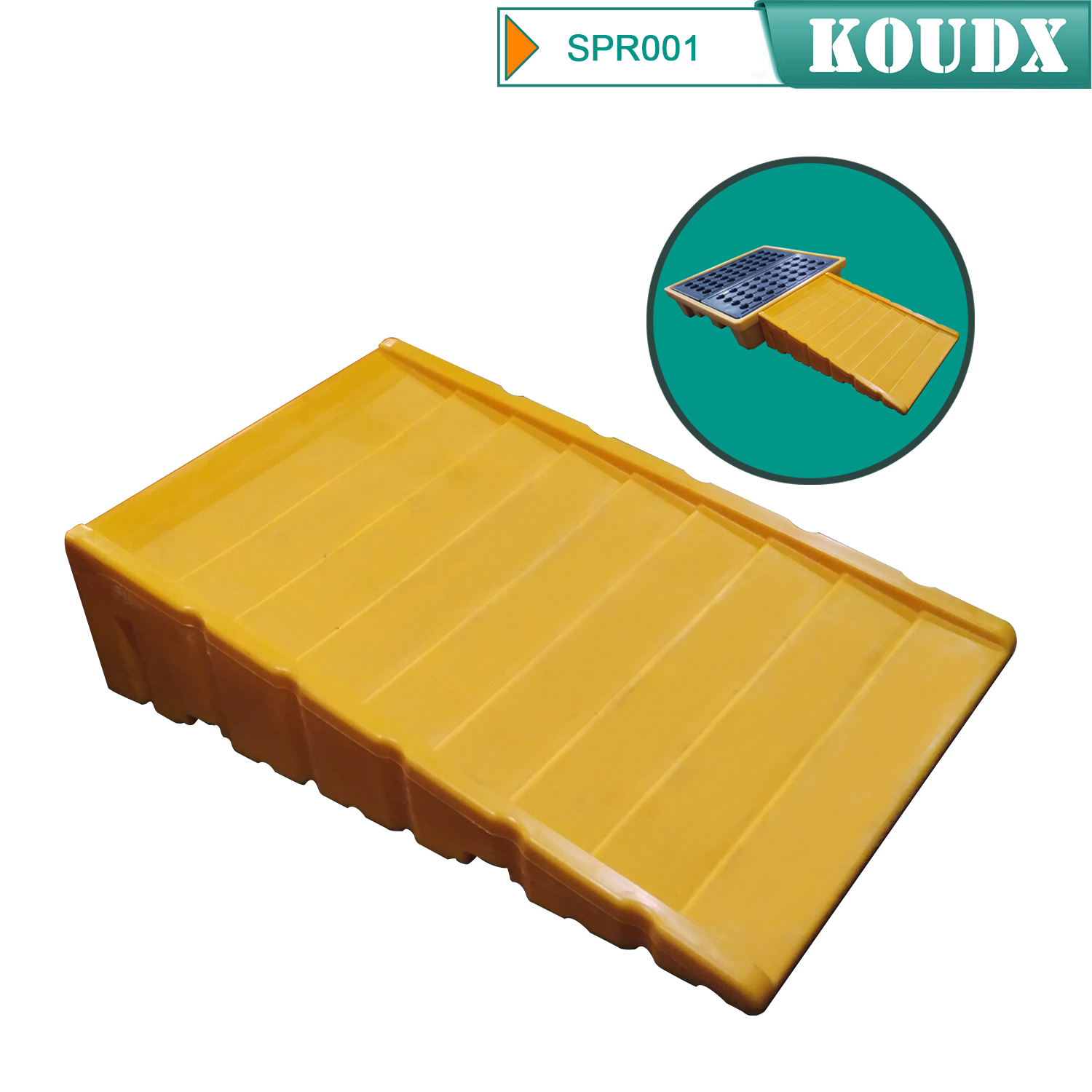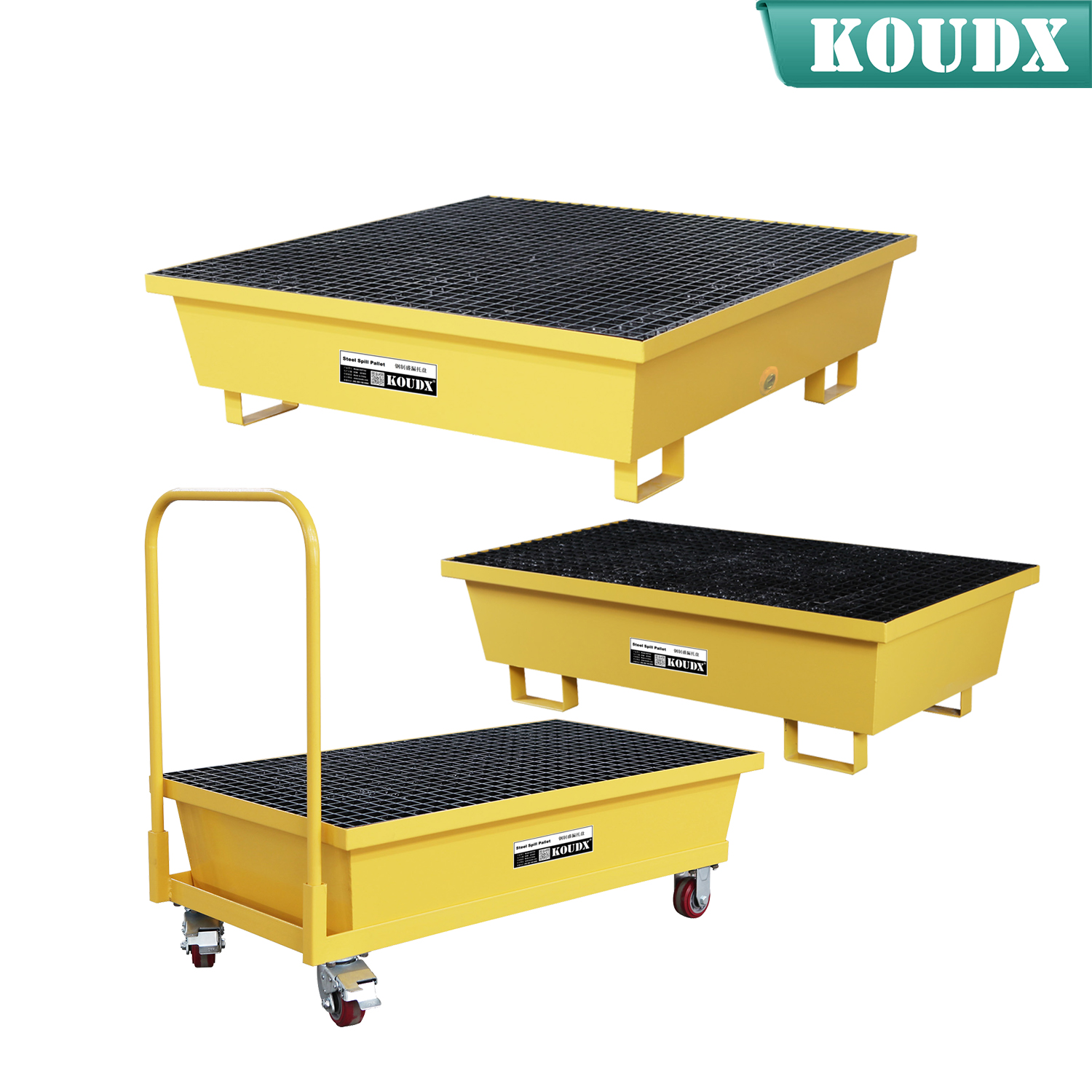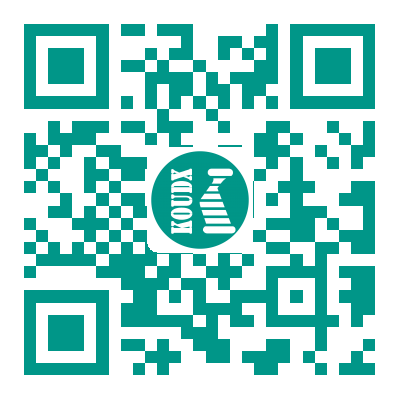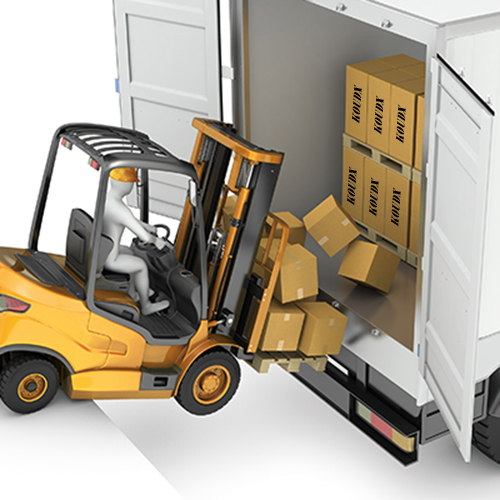
Loading docks are a hub of activity in manufacturing plants, warehouses, industrial buildings and distribution centers. In most companies, this is the primary location of movement of product in and out of a facility. A loading dock is a recessed bay in a facility where trucks are loaded and unloaded. Loading docks may be exterior, flush with the building envelope or fully enclosed. Part of a facility's service or utility infrastructure, loading docks typically provide direct access to staging areas, storage rooms and freight elevators. When looking at the different operations taking place in a warehouse, distribution center or other loading/unloading operations, loading dock environments can be one of the more hazardous areas. Because no two facilities are exactly the same, no across-the-board solution for loading dock safety exists.
The Occupational Safety and Health Administration (OSHA) regulation specific to loading dock safety is found in 29 Code of Federal Regulations (CFR) 1910.176 material handling. The majority of all regulations for loading docks are actually a part of OSHA rules for the operation and design of forklifts used on loading docks. Forklift safety regulations are referenced in the general industry standard, 29 CFR 1910.178 and construction standards 29 CFR 1926.600, 1926.602 and the American National Standards Institute/Industrial Truck Standards Development Foundation (ANSI/ITSDF) B56.1-2012 Safety Standard for Low-Lift and High-Lift Trucks.
To help ensure a safe loading dock environment, forklifts must be operated safely. Forklift operators are required to be trained to help in this effort. See Quick Tips #106: Forklift Operator Training for those requirements. Other applicable OSHA regulations include 29 CFR 1910.211 machine guarding and 29 CFR 1910.22 walking-working surfaces.
Loading docks have an increased potential for serious injury, the following are just a few of the more common hazards that occur on and around loading dock areas:
-
Forklifts overturning
-
Employees being hit by forklifts and other powered trucks
-
Slips, trips and falls
-
Trailer separation
-
Unsecured loads
-
Debris on floor
-
Chemical splash
-
Material handling injuries (lifting)
-
Unguarded machinery
-
Unguarded dock edges
Helping to Make Your Dock Safe
With so many moving pieces potentially in play, ensuring loading dock safety in the workplace can be a challenge. A safety checklist is a simple yet effective tool to help establish a foundation for a safe loading dock area.
Make sure all personnel are trained in dock safety and that rules are enforced.
Ensure that locking devices are used on every vehicle at a dock.
Protect pedestrians by ensuring they are aware of powered industrial trucks in use. Pedestrians must be mindful, cautious and realize that powered trucks may, improperly, neglect to yield to them.
Mark floors with yellow tape or paint to identify walkway barriers, doorways, parking aisles and overhead obstacles.
Protect people traveling through your facility from sharp corners and from falling off dock edges. Place padding or guards around sharp corners and dock barricades on open dock edges.
Put an inspection program in place to review palletized materials. If pallets are defective, the product should be moved to a safe pallet.
Review warehouse ergonomics. Adjust the height of conveyors to eliminate lower back stress. Place heavier products at knee- to chest-high levels. Limit the amount of weight a worker must carry and allow for assisted lifting from other workers.
Install guards on conveyor sprockets, gears and rollers. All pinch points must be protected and labeled.
Use plastic or metal banding to secure product to pallets for transportation or storage.
Shrink-wrap loose product for transport or storage. It is very important to secure small items that might fall through the overhead guard of a lift truck.
Clean out dock areas periodically to remove accumulated debris.
Only allow documented OSHA-trained and authorized employees to operate powered hand trucks, hand jacks or forklifts.
Inspect the dock area daily to ensure that emergency equipment is not blocked or damaged.
Paint the dock edge a reflective yellow to provide a better view of the dock.
Verify that ladders from the dock floor to the dock meet OSHA specifications.
Ensure that proper illumination for exit routes comply with 29 CFR1910.37(b)(1).
Identify and mark overhead hazards such as pipes, doors and electric wires.
Prohibit dock jumping, which can lead to serious ankle, knee and back injuries.
Make sure that dock plates and boards are designed for the loads and lift trucks used.
Always inspect the floors of trailers and trucks before a forklift or pallet jack is driven onto them.
Always inspect the landing gear and place trailer stabilizing jack stands under trailers that are spotted at a dock.
Always make sure dock levelers are returned to the stored position after being used below dock. This will eliminate a "void in the floor" and help prevent forklift cross traffic accidents.
Provide a dock seal or dock shelter to keep rain and snow off loading docks which can cause slippery surfaces.
Dock Safety Devices
Training is the primary means of keeping your employees safe in a loading dock environment. There are many mechanical devices that, if used and installed properly, can help reduce potential hazards in these areas.
Wheel Chocks and Rear Impact Guard Locking Devices
One common loading dock accident occurs when drivers mistakenly pull away while a powered industrial truck is still inside the trailer. Another frequent problem is "trailer creep," which happens when trailers gradually move away from the dock because of the ongoing impact and momentum of forklifts traveling in and around them. Standard practice has been to use wheel chocks to prevent this from happening but rear impact guard (RIG) locking devices have since proved to be the better solution. Chocks have been found to provide insufficient pullout resistance. They may slip on the ground and placing the chocks presents a hazard in itself to the employee. Chocking also lacks an embedded communication system to let the truck driver, powered industrial truck operator and dock personnel know they are in place. RIG-based locking devices feature a full rotating hook that automatically locks to the trailer's RIG. This design prevents many types of trailer separation. Most RIG-based restraints also incorporate communications systems that indicate when they are engaged and when it is safe to load and unload the trailer.
In March of 2011, OSHA provided an interpretation on the chocking requirement found in 29 CFR 1910.178(k)(1) and (m)(7). The interpretation states that chocking will not be enforced for Commercial Motor Vehicles (CMV) that fall under the enforcement of the Federal Motor Carrier Safety Administration (FMCSA) but will still be enforced for non CMVs (not regulated by FMCSA).
Dock Boards
These steel or aluminum ramps are used to bridge the gap between the truck trailer and the loading dock so that pallet jacks or forklifts may move product in and out of the trailer. Employees should be trained on the proper and safe use of dock boards. Poorly placed dock boards may cause the forklift and or loads to overturn. Dock boards are generally portable but typically require the use of a forklift to move them. They are used in more industrial and heavier load environments.
Dock Plates
Dock plates are a smaller and more portable equivalent of the dock board. They may be constructed of aluminum, steel or polyethylene and do not have the weight capacity of the dock board. When using hand trucks or pallet trucks, a dock plate may be in order.
Dock Levelers
Dock levelers are items that also bridge the gap between loading docks and trailers; however, the dock leveler also helps correct the height difference between loading docks and trailers. Dock levelers are permanent devices that are operated either by hand (mechanical) or by hydraulics.
Dock Signaling Devices
A technology that is available is the use of signaling devices that indicate that a person or powered industrial truck is in the trailer or that the trailer is properly secured and forklift traffic can enter the trailer.
Guarding
Guarding devices are essential to loading dock safety. Examples of guarding devices are guard rails, bollards, dock barricades and stops. A safe loading dock will find guardrails being used to separate pedestrian traffic from the production traffic of the loading dock. They can also be used in open docks with no trailer to prevent personnel from falling off the dock edge. In addition, guard rails can be used to protect stationary equipment or machinery and structures from accidental impacts from forklifts. Bollards serve much the same purpose but are used to protect building corners or where space around an area is limited. When placed correctly the bollard will keep a forklift from damaging a structure more severely. Another guarding item commonly found are stops. Stops are steel plates placed along raised locations in a warehouse or loading dock intended to keep personnel and forklifts from falling over the edge of a raised area.
Commonly Asked Questions
Q:Is there a specific OSHA standard for loading dock safety?
A:Yes, OSHA 29 CFR 1910.176 material handling and storage. In addition, you will need to use a combination of standards to ensure that you have a safe loading dock area. Some of these standards are: 29 CFR 1910.22, 29 CFR 1910.178, 29 CFR 1926.600; 29 CFR 1926.602, ANSI/ITSDF B56.1-2012 and the American National Standards Institute/American Society of Safety Engineers (ANSI/ASSE) A1264.2-2012 Standard for the Provision of Slip Resistance on Walking/Working Surfaces.
Q:What are the primary differences between a dock board and dock plate?
A:A dock board is constructed of steel or aluminum, has side curbs, lifting chains or loops, locking pins or legs, and weight capacities of 10,000 pounds (lbs), 15,000 lbs, and 20,000 lbs. The dock plate can have many of the same features but will have considerable lower weight capacities and may be able to be moved by hand. Most dock plates do not have safety curbs or locking pins and are recommended only for non-powered loading and off-loading of material.
Q:What are other dock safety items that may be considered?
A:A company may want to consider the use of dock lights to illuminate the interior of trailers during operations.
Dock bumpers should be used to protect building edges from trailers being parked.
Steel rail systems may be used to partition off areas of pedestrian or forklift traffic.
Trailer jacks are used to stabilize trailers during loading and unloading operations.
Q:Does OSHA require a forklift operator to hold valid driver’s license?
A:No, OSHA does not require the operator to have a driver’s license. OSHA does require forklift operators to be trained and certified by a qualified trainer or training program. Employees younger than 18 are prohibited from operating forklifts.

KOUDX(Shanghai Koudx Industry Technology Co., Ltd.) is a professional provider of industrial safety and environmental protection solutions. Based on the concept of market and customer demand, our fire safety cabinet was developed in accordance with the standards of OSHA 29 CER 1910.106 and NFPA CODE30. It is widely used in petrochemical industry, industrial manufacturing, university laboratories, food industry, automobile industry manufacturing, new energy and other industries.
We sincerely hope that in the journey of KOUDX's continuous development and expansion, we will be able to get the full support of our distributor partners in China and abroad, and have more long-term strategic partners, development together and achieve a win-win situation. Welcome to contact us (86) 400-168-8090, you can visit our website www.koudx.com for the detail information.




